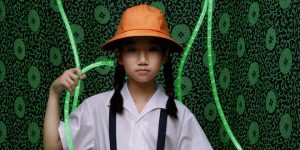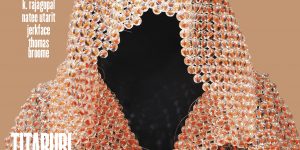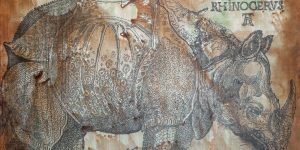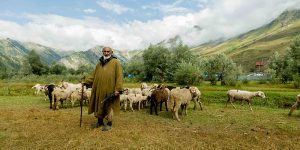Matter as Medium: Manish Nai
Art Republik looks at the organically artistic process of Manish Nai, on show at Galerie Karsten Greve.
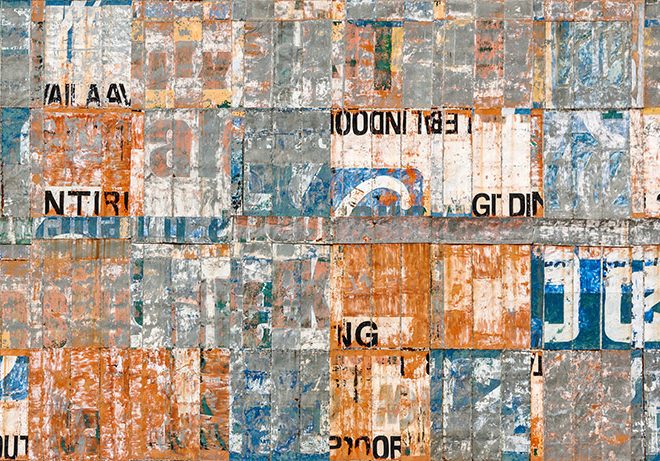
Coming from a family of textile merchants, Indian artist Manish Nai grew up around design and textures. Born in 1980 in Gujarat, India, he graduated in Drawing and Painting from the L. S. Raheja School of Art in Mumbai. The Prudential Eye Awards held in Singapore named him one of the best emerging artists in Asia. Known primarily as a sculptor, Nai uses a variety of media to form his compositions, consisting of mostly organic material. His multiform work seems to take reference from Arte Povera in the use of discarded materials, cardboard, papers and fabrics.
In the early 2000s, Nai would exploit the opportunities offered by leftover jute from his family business, a plant fibre widely used in India used mainly in clothing, to create his pieces. He would compress the jute and cardboard to form the raw material of his sculptures. Aligned to a wooden structure, his compressed sculptures would fall within the frontier of two and three-dimensional planes.
His most recent exhibition with French gallery Galerie Karsten Greve, titled ‘Matter as Medium’, now showing till October 29, 2016, showcases a series of pastel sculptures that features his unique compression style. By using subtle illusionist methods, he appears to print reliefs, depressions and protrusions on the surface of the paper, resulting in a polymorphism of concave and convex appearing variations. The interesting textures and shapes are created by the interplay of shadow and light, adding life and dimension to his otherwise monotonous colour palette. In using colourful recycled cloth, sticks and newspapers, he injects old material with life and purpose.

Untitled, Manish Nai
One of his notable untitled works created this year is a 100kg, 5.7-feet-long piece made with burlap dyed in indigo. Nai hit upon the process of making this work while wondering what to do with the threads that remained. He stored the threads in a wooden box, and upon opening it after many months, found that they had taken the rectangular shape of the box. Nai began making wooden moulds — small ones at first, gradually increasing their scale — into which he would put old newspapers made pulp-like with water, or jute made soft with glue. The resulting sculptural works took months to dry, but came out in simple yet intriguing shapes.
In 2011, Nai released another notable exhibition, ‘The Billboards’ series – a sociological exploration of public space in Mumbai where the artist photographed empty billboards. This was after the 2008 recession where a multitude of billboards were left partially vacant without advertisements. Nai digitally merged versions of the photographs and found that interesting geometric shapes and patterns coincidentally emerged. These compositions represent the concept of serendipity and happy coincidence that characterises Nai’s eccentric artistic process; “I believe in process, I can only understand how things work once I put my hands in it.”
Though known primarily as a sculptor, his practice focuses more on creating illusionistic drawings and compositions. Although he has control over the general outline of his works, he allows his medium to organically evolve, just like how the compressed jute takes the shape of the wooden box.
*For more information, please visit www.galerie-karsten-greve.com
This article was first published in Art Republik.




